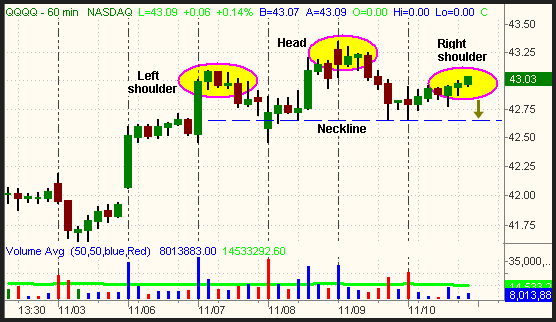Stocks oscillated in a narrow, sideways range last Friday before finishing the session modestly higher. The S&P 500 rose 0.2% and the Nasdaq Composite gained 0.6%, but the Dow Jones Industrial Average was unchanged. The small-cap Russell 2000 Index performed well and registered a 0.9% gain, while the S&P Midcap 400 closed 0.7% higher. Of the major indices, the Nasdaq showed the most relative strength last week by rallying 2.5%. The S&P 500 gained 1.2% and the Dow Jones 1%.
Turnover fell off dramatically last Friday, resulting in the lackluster performance and tight range of stocks. In the Nasdaq, total volume declined by 29%, while volume in the NYSE was 23% below the previous day's level. It was the lightest volume in weeks and was well below average levels in both exchanges. Market internals were marginally positive. In both the NYSE and Nasdaq, advancing volume exceeded declining volume by a ratio of approximately 1.2 to 1.
On a technical level, last Friday's action did little to change the overall picture. As discussed in the November 10 issue of The Wagner Daily, both the S&P and Nasdaq are still at pivotal "make it or break it" levels of either breaking out to new highs or falling below support of the primary uptrend lines. The hourly chart of the Nasdaq shows that the right shoulder of a bearish "head and shoulders" pattern formed on Friday. The Nasdaq 100 Tracking Stock (QQQQ) has formed the same pattern as well:

On the chart above, the dashed horizontal line marks the "neckline" of the pattern. A break below that level in either QQQQ or the Nasdaq Composite (the November 9 low) would probably cause the indices to fall to their November 3 lows. Conversely, a rally above the top of the "head" would constitute a failed head and shoulders pattern. When this occurs, it is very bullish and usually results in a rapid move higher from the bears who sold short on the right shoulder. Be prepared either way, as we should see resolution within the next day or two.
There's not much new to report in the industry sector action, but we will be watching to see which ones show the most relative strength and weakness in the event of a breakdown. Obviously, those with the most relative weakness to the S&P are the ones we will want to short with the proper entry points. Those with relative strength will be the first sectors we will look to buy when the market recovers. In the event of a breakout to new highs, we don't recommend being too aggressive with new positions because the four-month rally has occurred without yet having a significant correction.
Deron Wagner is the Founder and Head Trader of both Morpheus Capital LP, a U.S. hedge fund, and Morpheus Trading Group, a trader education firm launched in 2001 that provides daily technical analysis of the leading ETFs and stocks. For a free trial to the full version of The Wagner Daily or to learn about Wagner's other services, visit MorpheusTrading.com or send an e-mail to deron@morpheustrading.com.